‘Eat to grow’ and ‘eat big, get big’ are the common mantra served up to self-proclaimed ‘hard gainers’ who want to add size.
But what exactly does this mean in a world of calories and macro’s and how much is too much, if there is such a thing?
If you have ever called yourself a ‘hard gainer’ then chances are you feel like there is no way you could possibly eat any more than you already are.
Here is a basic guide to bulking by numbers for anyone that wants to add some quality mass.
How much do you need?
Unless you are brand new to weight training, you will need to be in a calorie surplus to build muscle. This means eating more calories than you burn.
In order to keep the fat gain to a minimum (if this is a consideration for you), it is a good idea to start with a relatively small surplus (about 10% of total calories).
Of course keeping the fat gain to a minimum is desirable to those that are interested in physique or looking great on the beach.
Those more concerned with maximum strength & muscle gains such as powerlifters or strongmen competitors will be able to go with a larger surplus. In fact, higher bodyweight is often very advantageous in strongman events.
For now, we will assume you all want to look good in your underwear.
The amount of calories required for weight maintenance is different for everyone and will even change for you as you continue to make progress. You will therefore need to monitor your weight, body composition and gym performance and adjust accordingly.
You can establish your calorie requirements using a simple formula. Here we will use the Mifflin St-Jeor formula as it is considered to be one of the most accurate1
Male BMR = 10 × weight + 6.25 × height – 5 × age + 5
Female BMR = 10 × weight + 6.25 × height – 5 × age – 161
BMR (Basal Metabolic Rate) is the amount of calories you burn at rest.
In order to work out your maintenance calories you need to determine your BMR and then factor in your activity levels.
The trick is to be honest! The formula is only as accurate as the information you put into it.
Take the formula for your BMR and multiply it by the number below according to your activity level.
-
1.200 = sedentary (little or no exercise)
-
1.375 = lightly active (light exercise/sports 1-3 days/week)
-
1.550 = moderately active (moderate exercise/sports 3-5 days/week)
-
1.725 = very active (hard exercise/sports 6-7 days a week)
-
1.900 = extra active (very hard exercise/sports and physical job)
As an example we will assume a 25 year old male, weighing 75kg @ 180cm tall who goes to the gym 4 times per week.
10 x 75 (weight in kg) = 750
6.25 x 180 (height in cm) = 1125
25 (age) x 5 + 5 = 130
Adding these together gives you a BMR of 2005 calories. So to work out the maintenance calories, we take this and multiply it by the activity level.
2005 x 1.550 = 3108
If we factor in a conservative surplus of 10% that gives us a total calorie target of 3,418.
Now, Mr Hard Gainer, have you been eating 3400 calories each and every day?
The fact is that if you don’t KNOW what you’re eating, you’re going to find it very difficult to change your intake as and when you need to.
A simple solution is to track your intake. If not forever, then at least 2-3 weeks until you get a ‘feel’ for the macro & calorie values and can guess your intake accurately by sight.
When the formula fails
The formula is purely there to provide a starting point and may not be accurate for everyone. It is worth nothing that several factors can throw out the results.
Activity levels – the activity multipliers mostly focus on exercise activity levels. However a person’s activity outside of the gym can have a massive influence on their calorie requirements. A manual labourer for example will need a drastically higher intake than an office worker when exercise levels are matched.
NEAT – Non Exercise Activity Thermogenesis is all energy that is used on a daily basis for non-exercise activity and includes things such as walking, fidgeting, playing with the children, DIY, housework etc.
‘Hard Gainers’ are also known as NEAT freaks. This is because they subconsciously increase their NEAT as energy intake is increased. The body does this in an attempt to maintain your bodyweight and as it is subconscious you won’t notice it happening. All you can do in this situation is to continue to gradually increase your intake until such time as your intake exceeds the energy you use.
ALL the food?
Eating 3400 calories is easy though, surely?
Well yes it is, you can get all that from just 1 large stuffed crust meat feast pizza. Mmmmm, pizza…
Anyway, there is more to it than just calories.
We need to make sure that we are feeding our bodies with sufficient protein, carbs, fat & fibre as
well as vitamins and minerals for health and gym performance.
Yup, this means fruits, veggies, whole grains, dairy, lean meats etc
If you want to eat a mountain of pancakes every day then be my guest, but you’re unlikely to look like The Rock by doing so.
Macro management
There are 1001 different dietary systems and protocols that you could follow.
Ultimately, do you care what your system is called or how huge you are going to get?
Thought so!
So let’s take a whistle stop tour of the macro nutrients and some basic guidelines for you to be able to set up your own diet.
It is worth noting that unless you are competing in a show or event, simply tracking protein and overall calories may be a more sustainable approach for many. This means hitting a minimum amount of protein per day and then filling in the rest with whatever macronutrient breakdown you prefer.
Protein – There is a common misconception that when looking to maximise muscle growth that you need more protein. In fact, protein becomes less critical when there is a surplus of calories.
A good starting point is 1.8 to 2.2g per kg of bodyweight. For simplicity, let’s go with 2g per kg. For our example that gives us a minimum of 150g of protein per day.
This intake would be considered by many as somewhat low but can be adjusted depending on preference, hunger or results.
Each gram of protein contains 4 calories so 150 x 4 = 600 calories.
Research by Helms et al (2013) found some benefit to taking protein up to between 2.3-3.1g per kg although this was mostly for relatively lean individuals in a calorie deficit. However, some people have anecdotally reported greater progress on these higher intakes, which also serve as a safeguard against under consuming protein.
There are no real negatives to adopting a slightly higher protein intake. It will help you feel fuller for longer and safeguard against not consuming enough protein. Any excess protein will be converted by the body and use as an auxiliary carbohydrate source anyway.
Fat – Fat, along with carbs are either loved or hated depending on which camp you fall into. Some people seem to do well on higher fat, some on lower fat.
Too much fat is only a problem at the point where it affects your carbohydrate intake and in turn, your performance in the gym.
Too little and you will begin to struggle with mood, libido, energy etc.
There is no reason you cannot eat whatever ratio of fat\carbs you like providing the minimums of protein are hit. After all personal preference is a key element to any good nutrition plan.
If you want to maximise carbohydrate for exercise performance and ensure that you cover you bases in terms of Essential Fatty Acids.
Providing you consume a variety of foods to make up your fat intake, you should be on safe ground.
A good starting point would be approximately 1g per kg of bodyweight.
In our example this equates to 75kg. As fat contains approximately 9 calories per gram, 9 x 75 = 675 calories from fat.
Carbohydrates – Well, they just make up the rest!
We had a calorie goal of 3418. If we take away 600 for protein and 675 for fat, this leaves us with 2143 calories.
As carbs also contain 4 calories per gram this gives us a carb intake of 536 grams (2143/4=535.7).
Now that is a huge amount for some people so here is where personal preference and lifestyle come into play.
Provided the minimums are hit, there is no reason you cannot move these figures around as you see fit.
There is no one size fits all macronutrient breakdown.
Eat big, grow big, job done?
It’s 80% diet, 20% exercise, right? Or is that the other way around?
The truth is that you can’t have one without the other.
Your body builds muscles in response to training stimulus. This means you need to overload the muscles in order to give them a reason to get stronger.
No amount of clever nutrition can do this for you.
So if you’re looking to add some quality lean muscle, you simply need to lift heavy and make sure you’re eating in a caloric surplus.
Having said that, the most vital ingredient in any bulking phase where adding muscle without excess fat is the primary goal is a large dose of patience.
You will not go from scrawny to brawny overnight. It will likely take months & years not days or weeks.
So lift heavy, eat enough, rest well, be patient, be consistent – this is what it all boils down to.
If you’re still struggling to gain mass – check out our mass gainer shakes range.
1Frankenfield DC, et al. Comparison of Predictive Equations for Resting Metabolic Rate in Healthy Non obese and Obese Adults: A Systematic Review.
J Am Diet Assoc. 2005;105:775-789




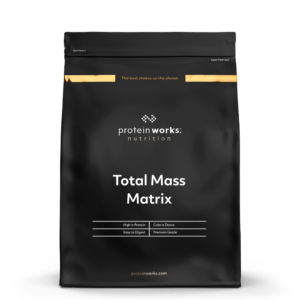
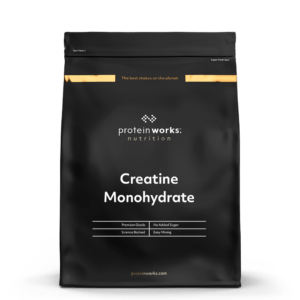
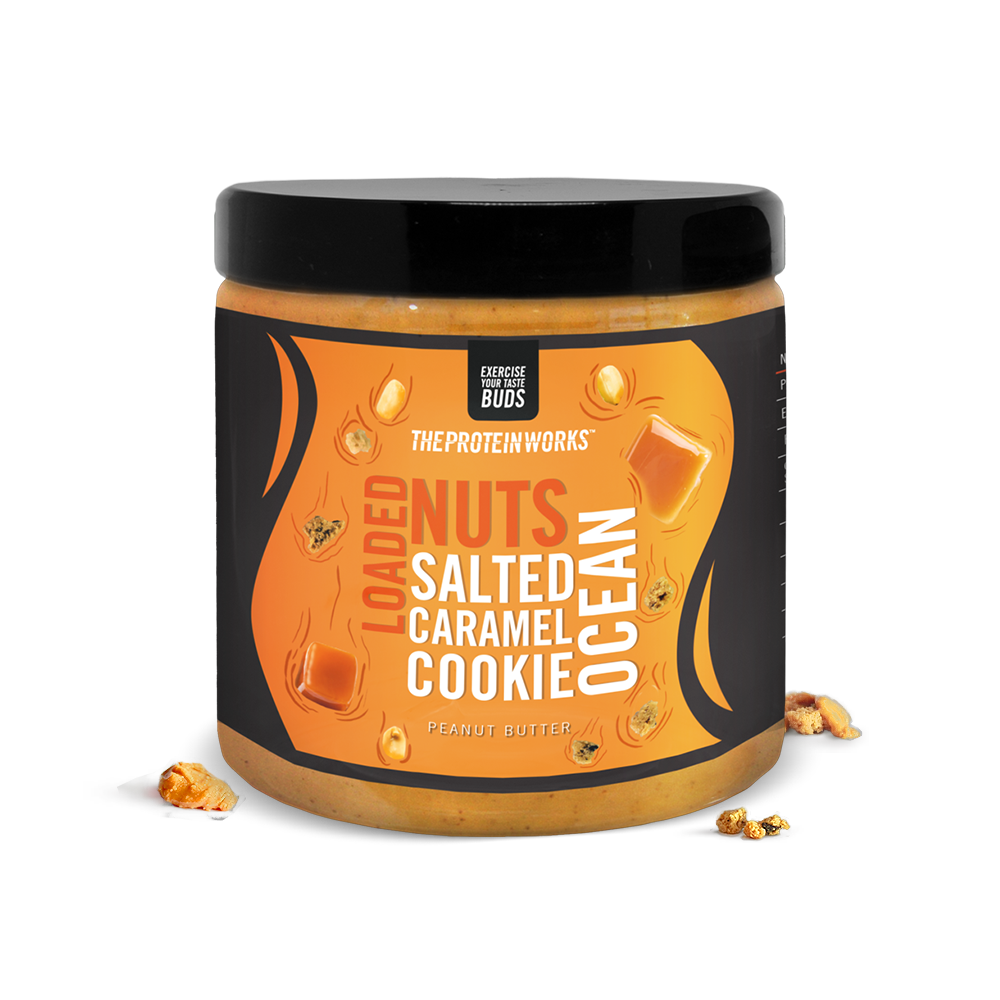
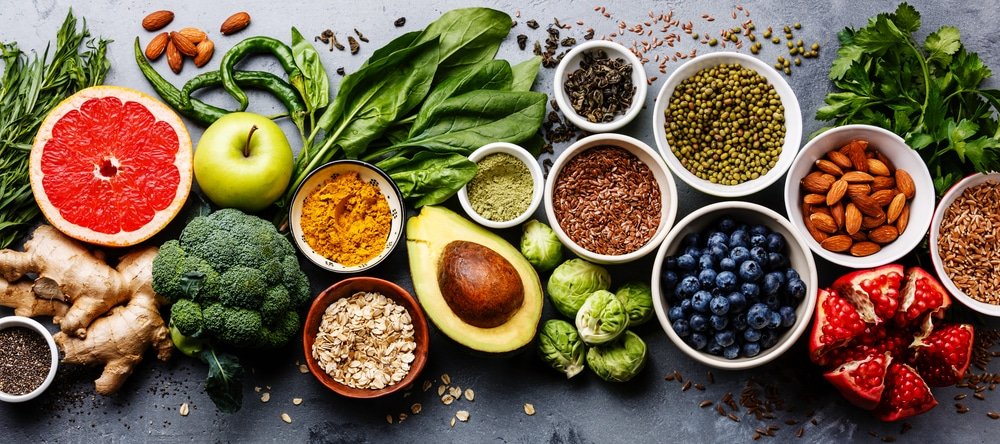


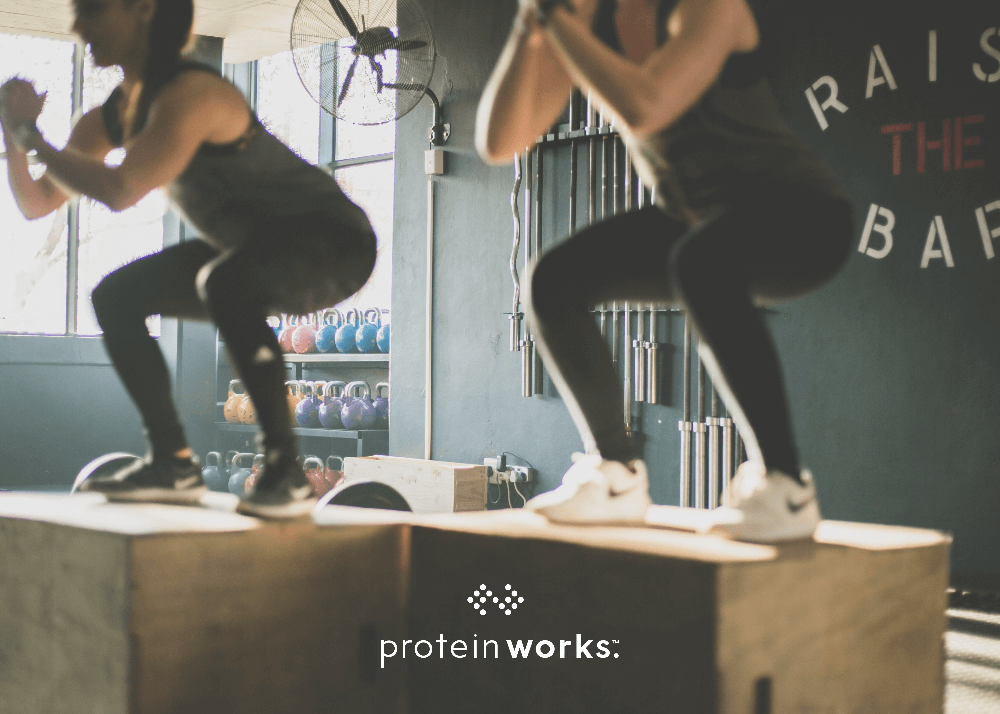
No Comments yet!